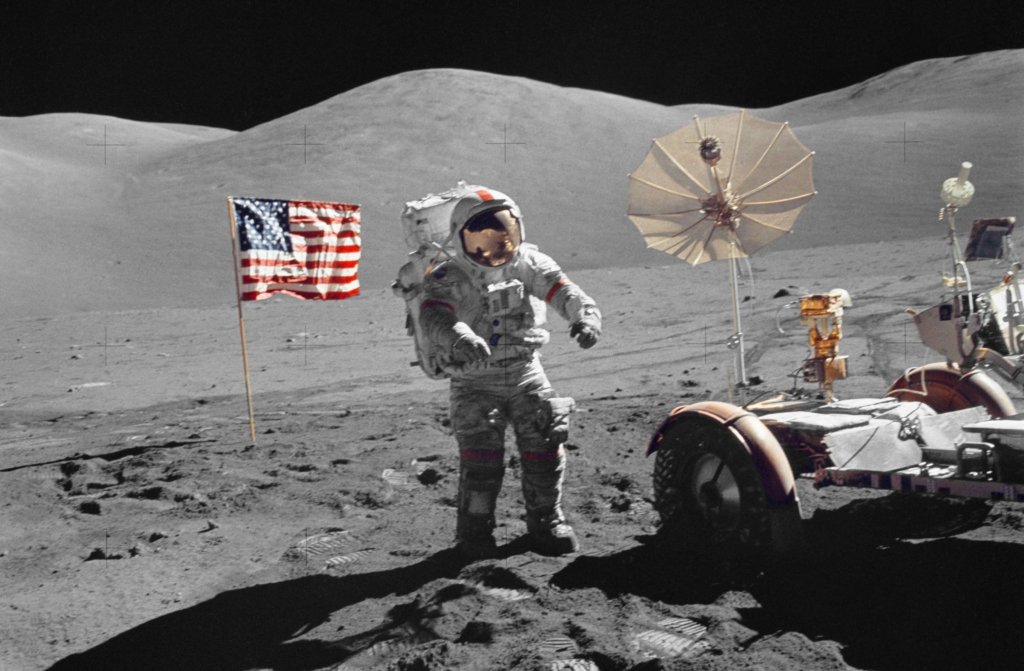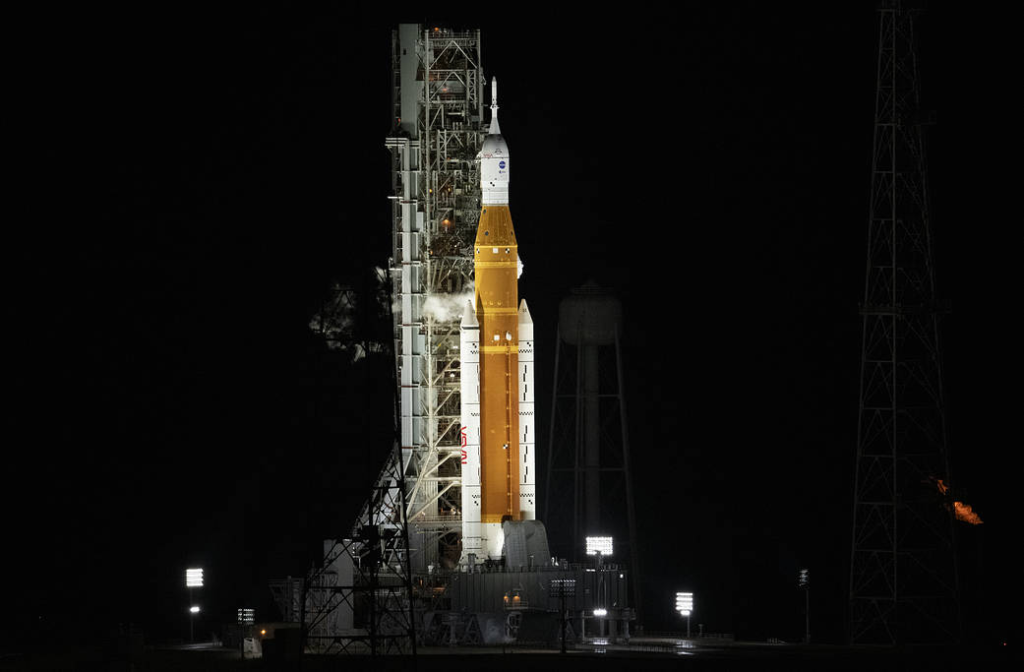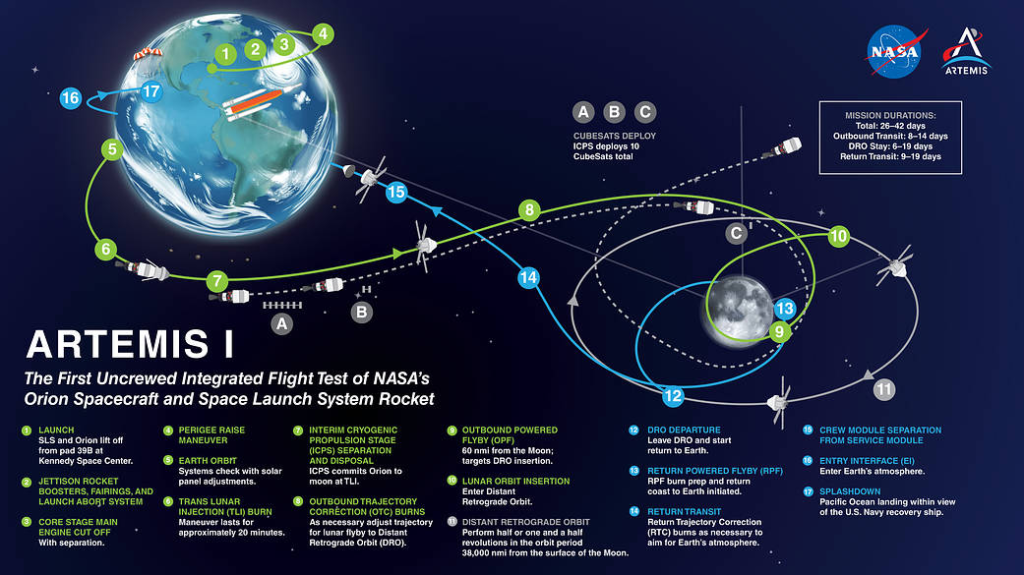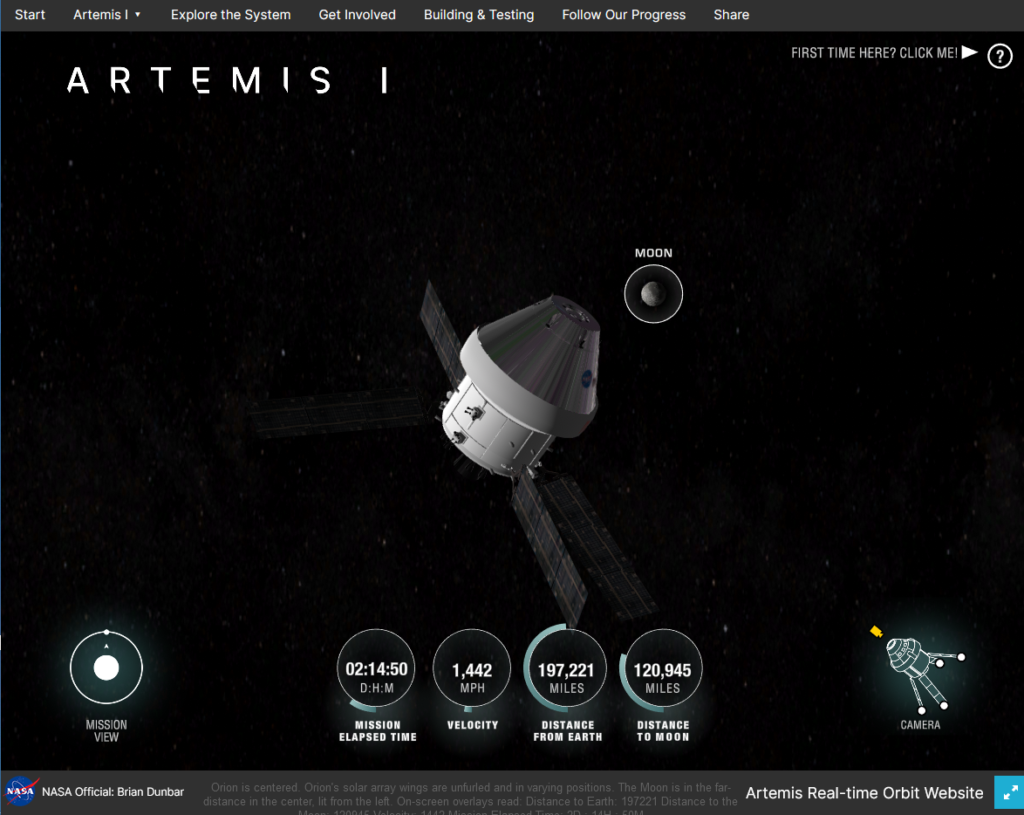Late in the evening on Tuesday, Nov. 16, or just after 1 a.m. Wednesday on the East Coast, the Artemis I mission began as the Space Launch System rocket lifted off from Launch Complex 39B at the Kennedy Space Center in Cape Canaveral, Fla., sending the Orion lander into low Earth orbit for a first pass around Earth’s moon.
For good measure, the SLS dropped off 10 low-cost CubeSat satellites on its way out of Earth orbit to conduct a number of missions closer to home.
About 10 days after launch on a trans-lunar injection trajectory, the Orion lander will enter orbit around the moon.
It will then spend six days in a distant retrograde orbit at two Lagrange points, L1 and L2, on the far side of the moon, which, due to the peculiarities of gravity between two celestial bodies like the Earth and Moon, are unusually stable points the Orion lander can float between.

Artemis I will conduct exploratory operations to pave the way for a manned mission to orbit the moon on Artemis II and finally a manned landing aboard Artemis III that will return humans to the surface of the moon in 2025, some 53 years after the moon last felt a human touch — the feet of astronaut Eugene Cernan.

Despite the late hour, the moon launch was watched by nearly a million people on NASA’s main YouTube channel and countless millions more who saw it on various news stations that carried the feed live.
In our house, I woke up my daughter Athena, whose younger twin siblings are coincidentally named for parts of the mission. Our daughter is named Artemis and one of our son Odysseus’s middle names is Orion.

Athena was excited to watch the launch together with me; I had shown her other rocket launches months ago and she was thrilled. Do not fret, fellow parents, she wasn’t up late. I woke her at T-minus 3:50 minutes, and about five minutes after the booster rockets ejected from the main SLS, she asked if she could go back to bed because she was tired — which might have been the first time she ever asked to go to bed instead of fighting the order.
Prior to the launch, she sang a song she learned from Miss Marsha Hansen, host of storytime at the Sedona Public Library: “Zoom, zoom, zoom, we’re going to the moon, zoom, zoom, zoom, we’re going to the moon.”
We sang it together.

I can’t imagine what Americans felt in the early 1960s hearing then-President John F. Kennedy promise that by the end of the decade we would place a man on the moon.
While that promise, and the monumental effort it subsequently resulted in, was couched in geopolitical posturing to outdo our global rival — the Soviet Union, which had beaten us to putting a satellite in space, beaten us to putting a man into orbit, then a woman, then the first space walk — it was still a promise built on a dream.
The promise in 1961 was more than just math and politics. It was a proclamation of human achievement; a summation of what we could do with our knowledge of geometry, gravity and computer science; an expression of our urge to explore and our ancestral yearning to touch the moon — which has guided 10,000 human civilizations over the last 100,000 years — it was all poetry that began to rhyme. The unbearable lightness of astronaut Neil Armstrong’s first step in 1969 carried so much weight into weightlessness.


I don’t know what it would have felt like for a father in the 1960s to watch the first Apollo missions fly off into the dark with his daughter on his lap as the rockets ignited, but I can imagine it must have felt something like what I experienced on Tuesday night.
Hopefully, Artemis II and III will launch at more convenient times of the day, and the first steps of the astronauts on board Artemis III will come at a time when we’re all awake, watching a crew of astronauts as demographically diverse as the rich pageantry of America set foot on the surface. My daughter will be 6 then, her siblings around 3, and she will be much more likely to remember those events than she will be to recall those of this week, when her crazy old man woke her for 10 minutes to watch a rocket launch 2,000 miles away.
In mythology, Artemis is the sister of Apollo. He is a god of science and wisdom; she is a fearless hunter and explorer. Both are now taking our people beyond the veil of our atmosphere to the worlds beyond.
Zoom, zoom, zoom, we’re going to the moon.
Christopher Fox Graham
Managing Editor
Track the Artemis I mission live here: https://www.nasa.gov/specials/trackartemis/




